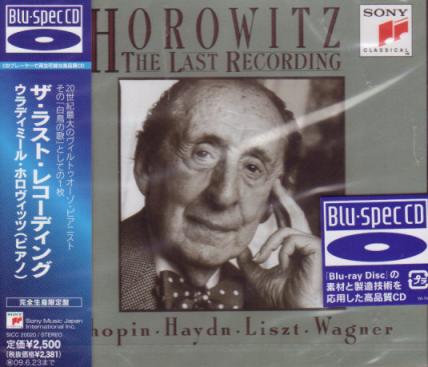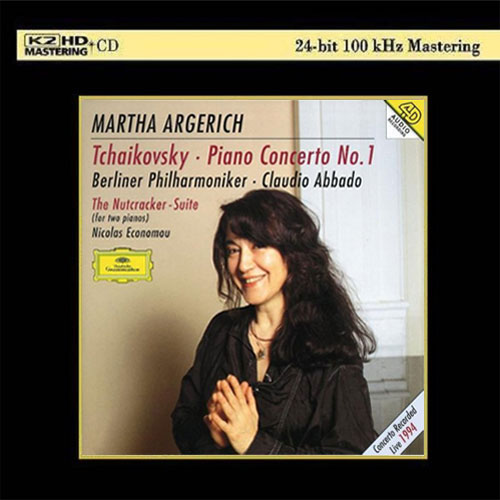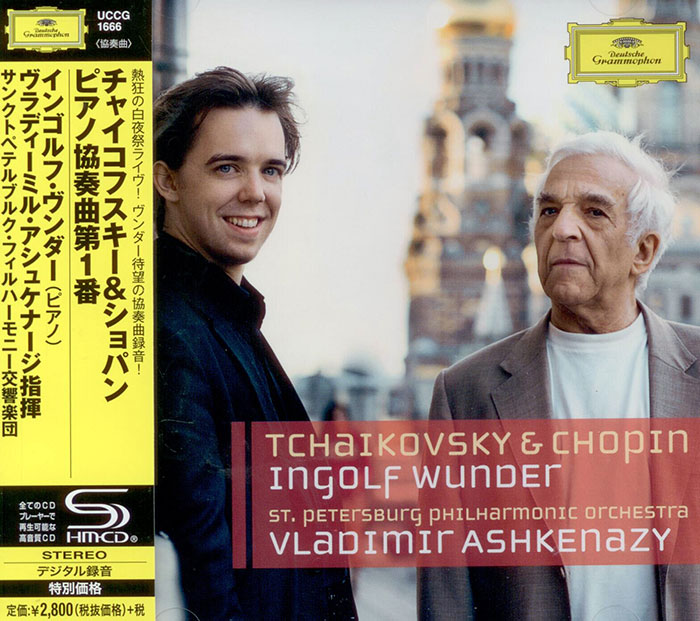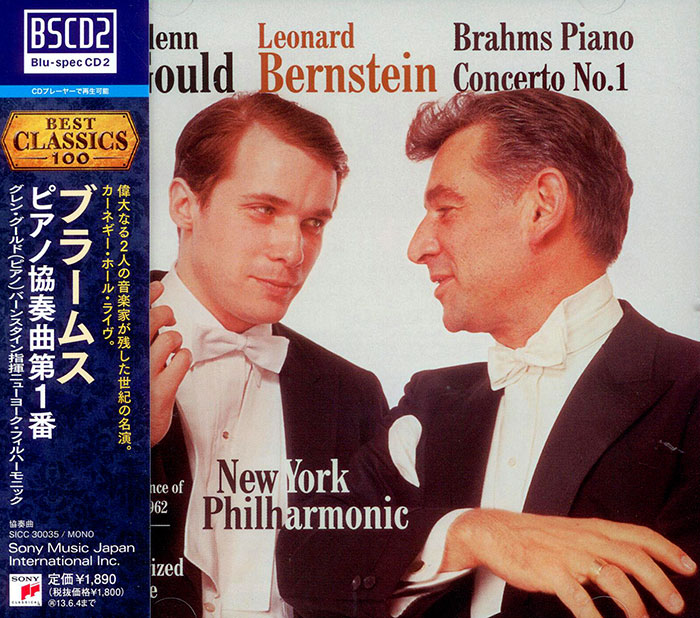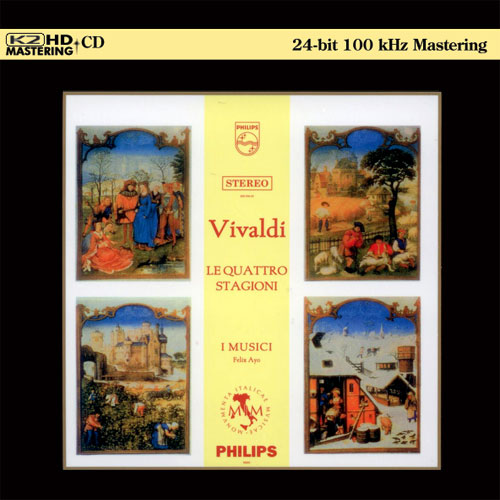Logowanie
Mikołaj - ten to ma gest!
Elton John, The Mamas & The Papas, Cat Stevens, Rod Stewart, Bobbie Gentry, Stevie Wonder, Engelbert Humperdinck
Memory Lane
Edycja Numerowana - 1000 egzemplarzy w skali światowej
RACHMANINOV, Eiji Oue, Minnesota Orchestra
Symphonic Dances / Vocalise
Best Recordings of 2001!!! NAJCZĘŚCIEJ KUPOWANA PŁYTA Z RR!
Karnawał czas zacząć!
Music of Love - Hi-Fi Latin Rhythms
Samba : Music of Celebration
AUDIOPHILE 24BIT RECORDING AND MASTERING
CHOPIN, LISZT, DEBUSSY, DVORAK, Gerhard Oppitz
Dances romantiques - A fantastic Notturno
Wzorcowa jakość audiofilska z Clearaudio
Winylowy niezbędnik
ClearAudio
Double Matrix Professional - Sonic
najbardziej inteligentna i skuteczna pralka do płyt winylowych wszelkiego typu - całkowicie automatyczna
HAYDN, LISZT, WAGNER, Valdimir Horowitz
The Last Recording
- Valdimir Horowitz - piano
- HAYDN
- LISZT
- WAGNER
NIEZWYKŁA!
by Sarah Holtz
Created on: February 05, 2010
"Vladimir Horowitz: The Last Recording" was recorded in 1989 in New York City. The interpretations he produced at the advanced age of 86 reveal a deep, mature, reflective artist with a broad conception and great finesse. No, he no longer possessed the fire-breathing bravura and virtuosity of his younger years; instead, the great pianist substituted subtle dynamic shadings and nuanced phrases with such artistry that the listener must wonder if this rendering should be preferred instead.
He commenced this recording with a lovely rendition of Haydn’s piano sonata in E-flat, Hob. XVI:49. I’ve heard this sonata played often at competitions and festivals, usually in a rather light and fleet-fingered fashion, and I had never liked it until I heard Horowitz’s rendering. He gives this sonata weight and depth, bringing out unusual lines and lingering on beautiful moments, all the while never over-romanticizing this sonata as I believe other artists, such as Pletnev, have done.
Horowitz then works his magic on several Chopin selections, a mazurka, nocturne, two etudes, and the Fantasie-Impromptu. The Fantasie-Impromptu is one of the most played Chopin piano compositions, every piano student rushing to learn it as soon as he thinks he’s ready to handle that three-against-four rhythm and fleet-fingered passagework. As a result, this exquisite beauty is often manhandled and charmless. Horowitz puts this work back into its crystal showcase with a sharp conception of the brisk yet delicate outer sections and lovely cantelina middle section. His rubato in the melody of the middle portion of the piece is simply stunning. It brings tears to my eyes every time I hear it.
Horowitz ends the recording with two Liszt transcriptions. One, a prelude of Liszt’s based on a theme from Bach’s “Weinen, Klagen, Sorgen, Zagen,” is the very last piece Horowitz ever played. Its reflective depth is appropriate as a coda to the life of this great pianist. The last transcription is, more appropriately, a Wagner-Liszt work: Isolde’s Liebestod from Wagner’s opera Tristan und Isolde. Wagner and Liszt knew each other very well, as Cosima, Wagner’s daughter, was married for a time to Liszt, and the two men did much professional work together. Liszt conducted the premières to many of Wagner’s orchestral compositions and operas. Liszt’s transcription reflects this, as many orchestral nuances are transferred to the piano with impeccable taste. Horowitz’s ravishing rendition catches the emotion and drama of this engrossing work.
This last recording is a fitting summation of the life work of Horowitz; it displays a personal connection to the music he so loved, and the breathtaking interpretations that resulted from it. No longer giving audiences the dazzling pyrotechnics of his younger years, he was content to instead give the world the gift of beautiful music, for which we are all so indebted.

>>> Płyty Bluspec_CD do odtworzenia we wszystkich typach czytników CD oraz DVD. Gwarantują wybitną projekcję szczegółów, dokładnie odwzorowują zapis oryginału, świetnie ukazują całą architekturę nagrania. <<<





























